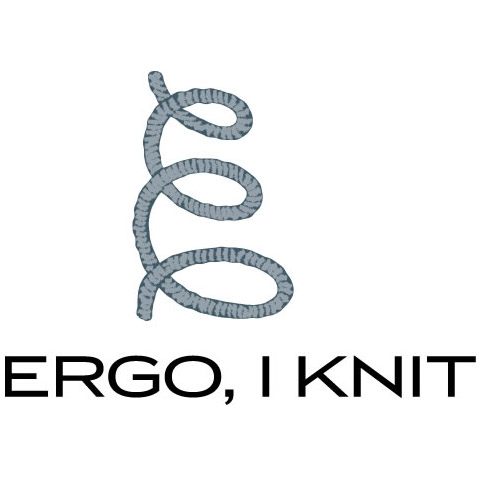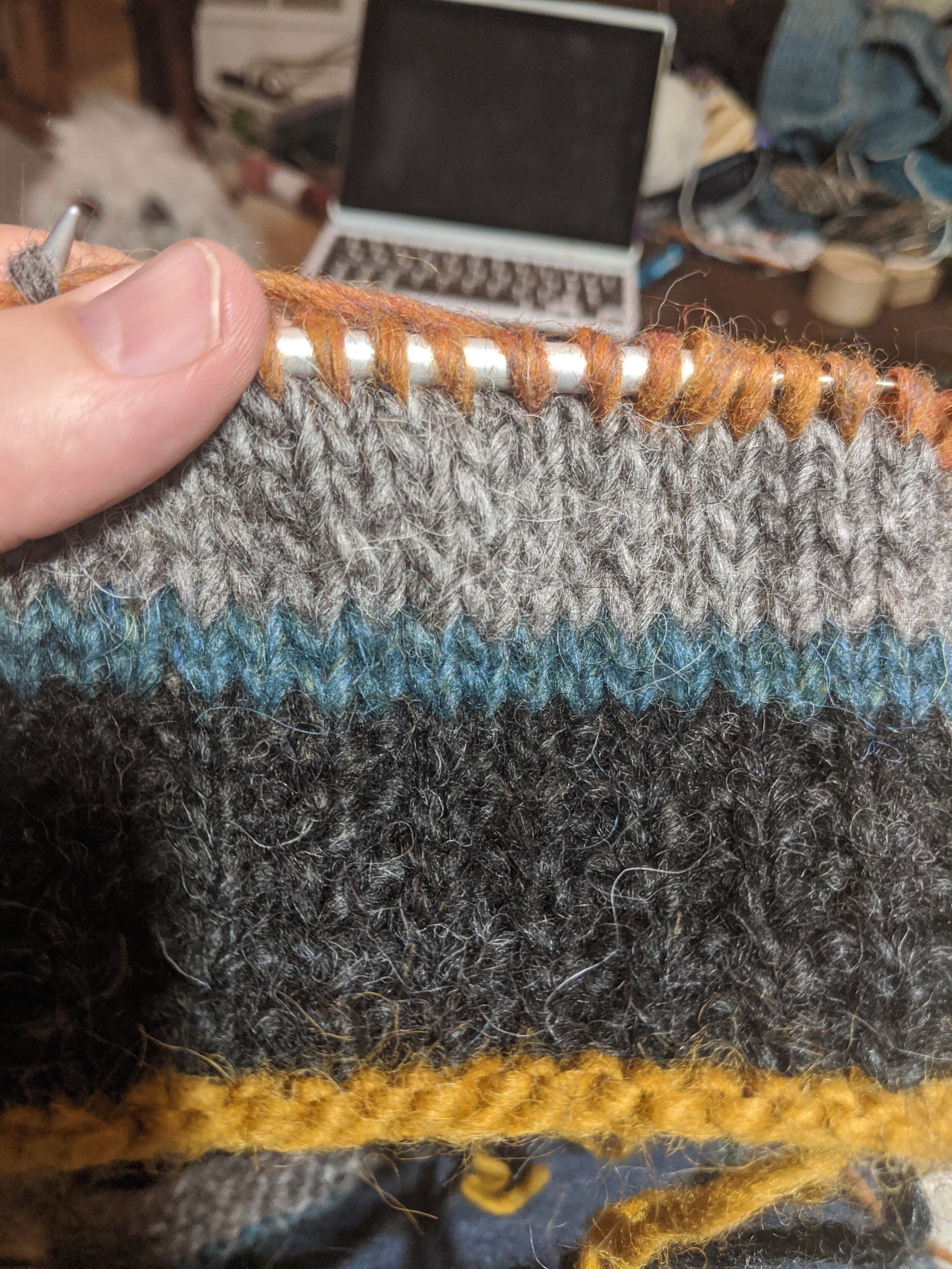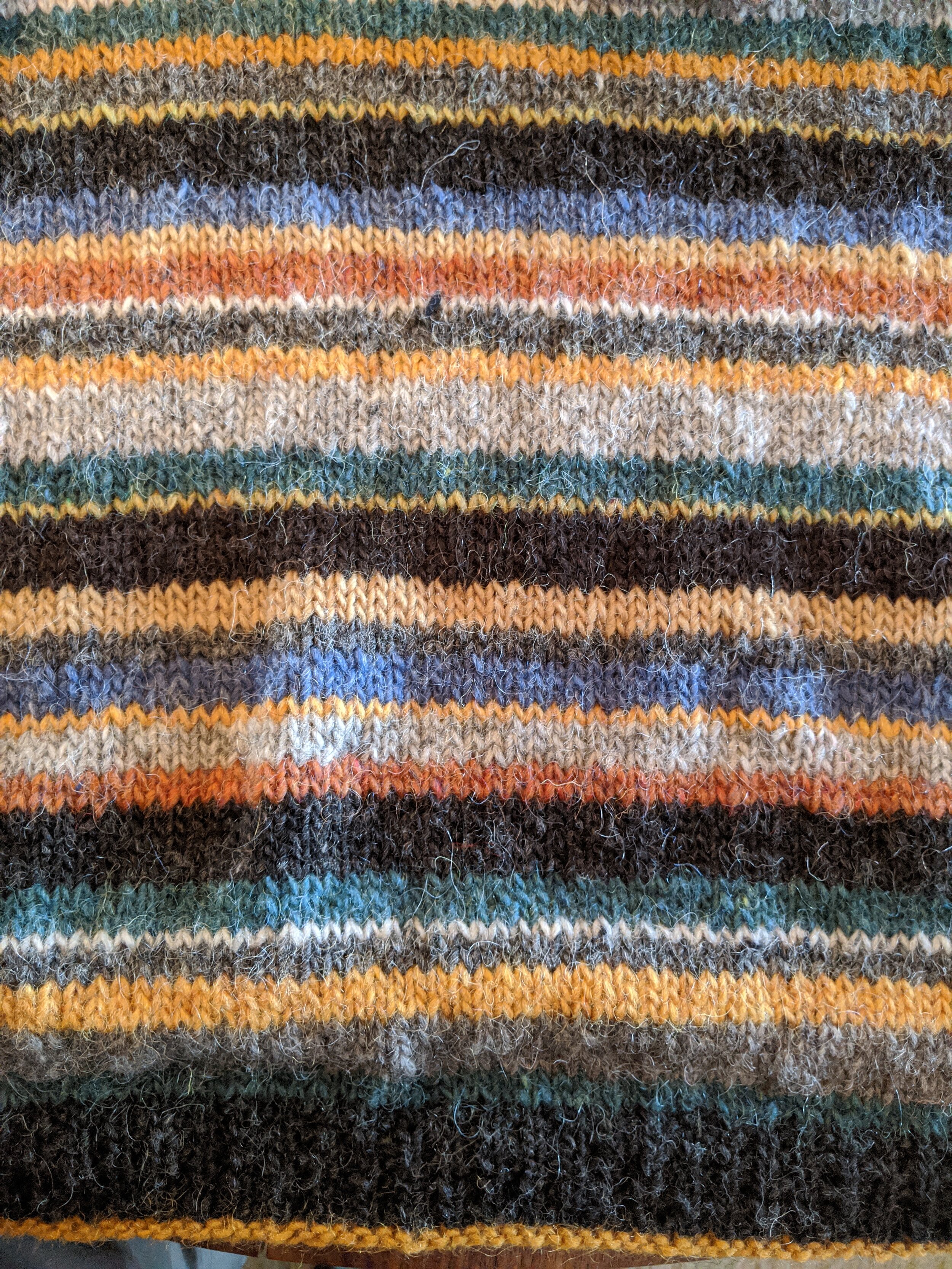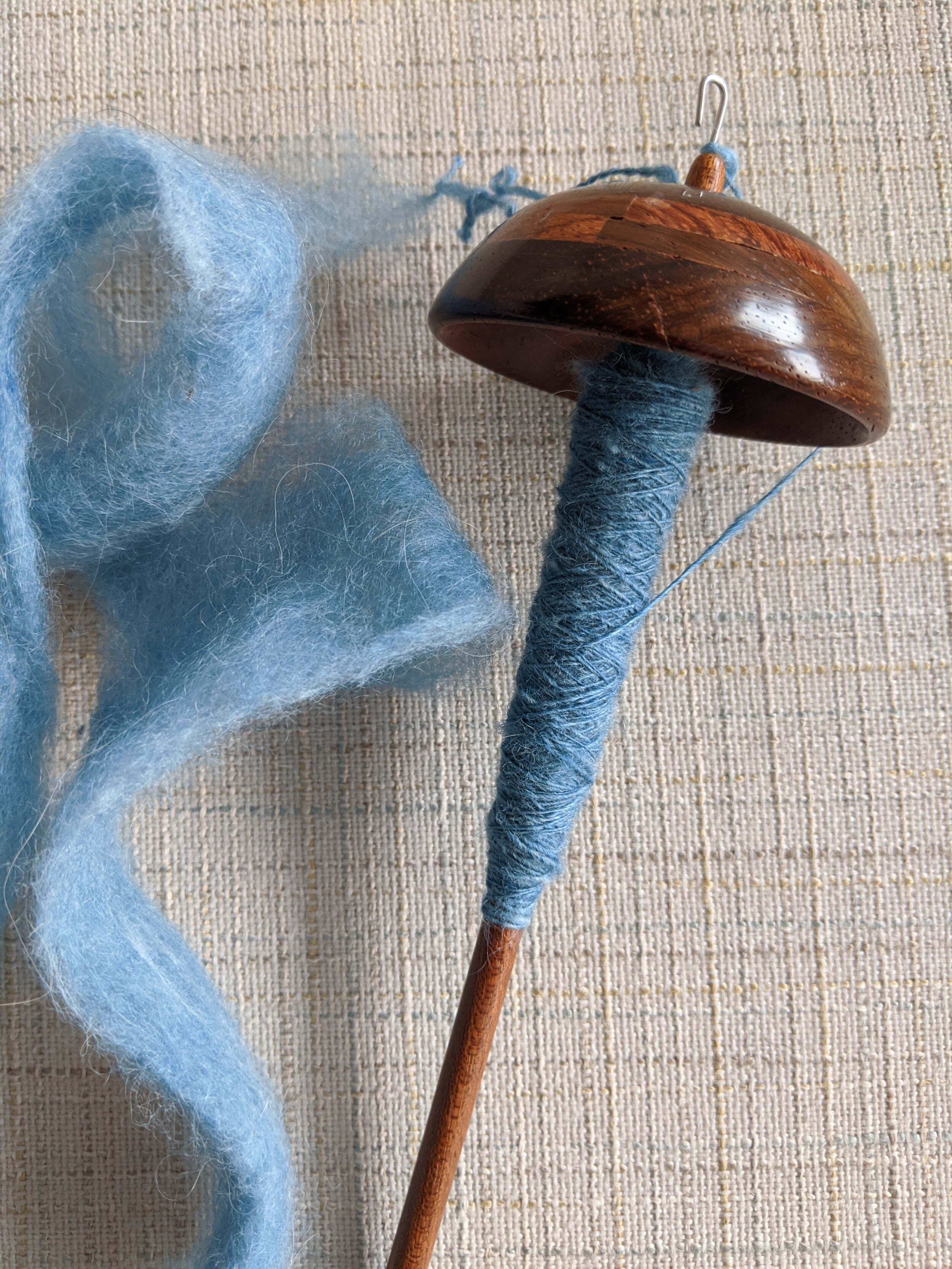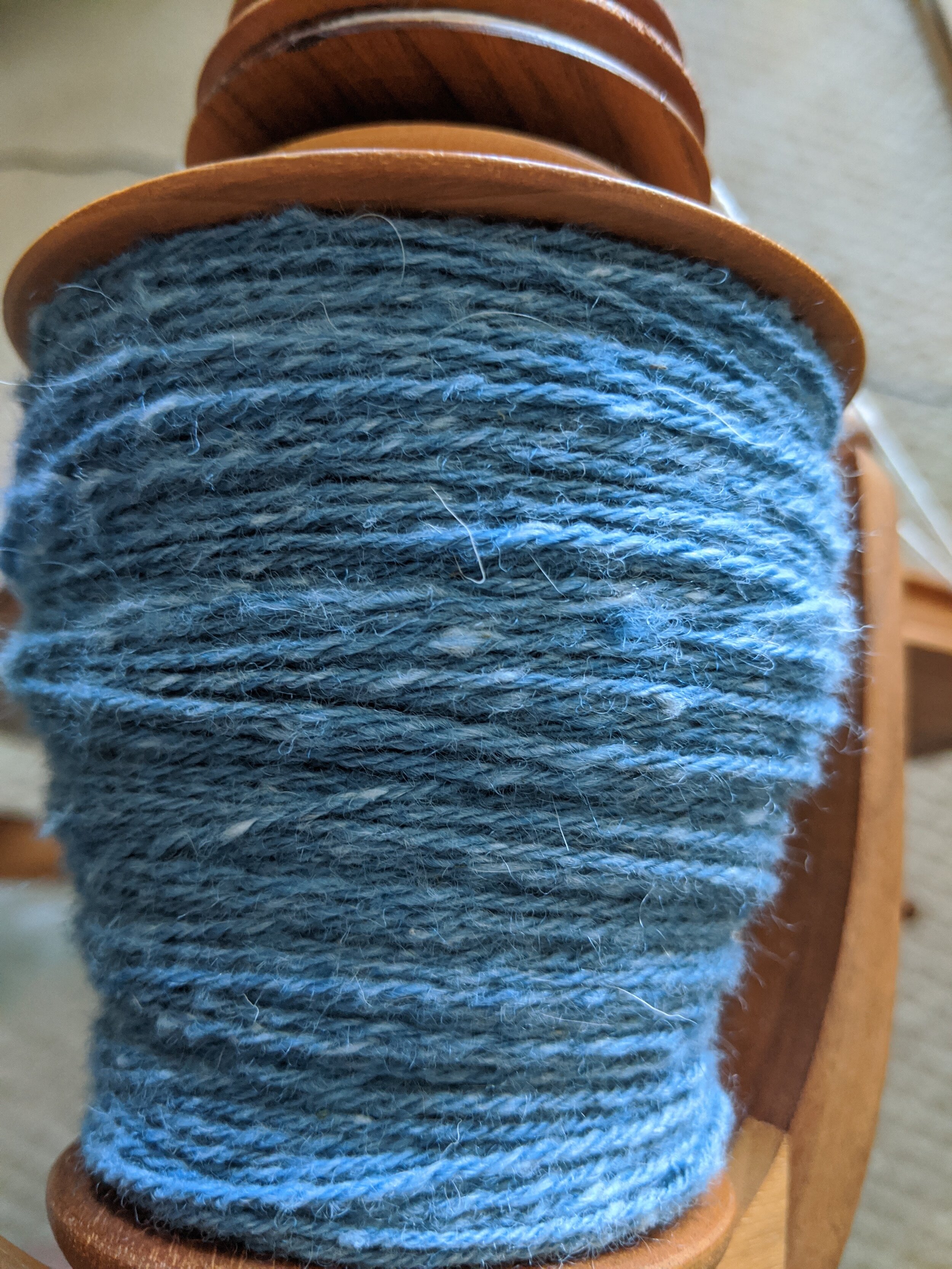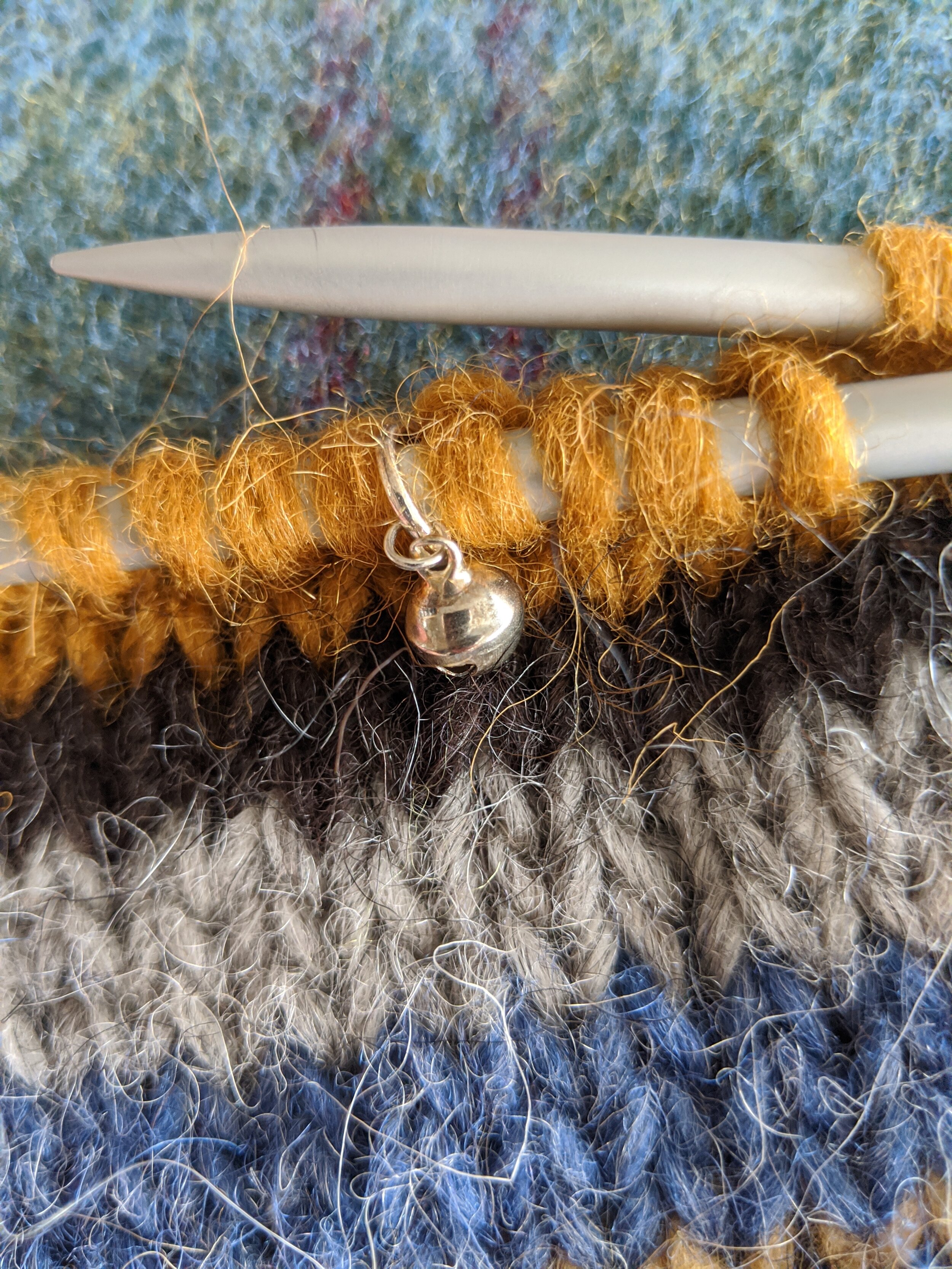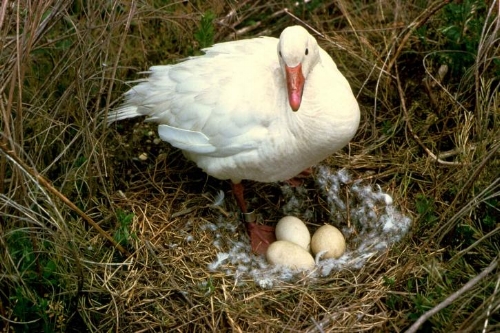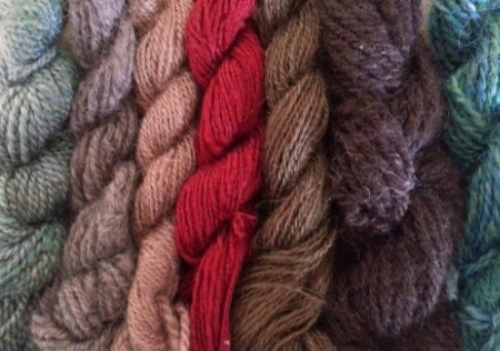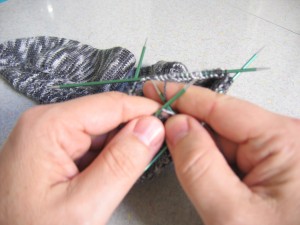A Knitter's Survival Guide to Knitting Through a Pandemic
/
These days, like no other, many of us are passing time and finding comfort in our knitting. Remember when this was the dream? “Oh, if I could only stay home and knit for days…” I’m not being smug, I’m saying we’ve trained for this. I don’t think anyone is more prepared to shelter in place than textile junkies. And it is wonderful if you’ve got more time to do these things. That’s why we invented stash, right?
But if you’re finding yourself doing more knitting (or fill in the blank with your fiber obsession) than usual, you might also notice yourself feeling some aches and pains because of it. We can’t have that! This is not the time to have to treat an injury that might prevent you from whatever is keeping you sane, is it!? So what’s a knitter to do? Well, here are a few tips that might help you to shelter in place and knit, spin, or craft comfortably to your heart’s content.
At the core of the potential problem is a higher exposure to any risk factor that already (and inherently) exists in your knitting. Just doing things more frequently increases your exposure to the positives and negatives of that activity.
Yes, there is risk in knitting! Risk here simply means that the action of knitting applies forces to our body. Add to that any unconventional (read “sub-optimal”) ways that you personally perform the task, and the risk goes up.
So, the first thing we can do to keep us safe and comfortable is manage our exposure to risk. (There’s a pretty good book that describes in great detail what kind of risk lives in our crafting. And it’s available on this website! The author is a delight.)
Managing exposure can be done in so many ways. My favorite is project pairing. Project pairing means that you have multiple projects going at the same time, but they are different in what they ask of your body. For example, I’m embarking on a lopi jacket that will be knit on 6.0 mm (size US 10) needles and I’m also working on something else (I can’t tell you about yet) that’s done on a 2.25 mm (size US 1). Working on such different size needles allows a variety of hand postures. Since much of our time knitting holds our hands and fingers in static postures, it’s important to, a) take frequent breaks to allow blood flow), and b) shift postures so that the range of motion and joint angles you’re sustaining are not the same, thus decreasing the load (aka, “risk”) from just one particular range of motion.
What I’m talking about here is diversity. In this case, it’s diversity of posture. But there are lots of other ways to introduce diversity to your knitting. In my current projects, I’m working with lightly spun Icelandic wool – very low crimp, somewhat coarse, and very lightly spun, and the other mystery project is being knit out of handspun light fingering yarn which is a blend of Rambouillet and angora, spun with a robust twist. This is a decidedly bouncy yarn especially as compared to the lopi. The diversity of fiber properties (crimp), yarn construction (thick singles vs light fingering 3-ply, amount of twist in both the singles and the finished yarn) creates a more diverse range of work that my hands and forearms will need to perform.
Something else inherent in this pairing is the knitting challenge itself. The lopi jacket is a super easy knit (although the color design is proving to be a brain teaser!), while the mystery project is technically more difficult because of shaping, gauge, and detail. The lopi will be my TV knitting once I get the colors worked out. The other will require more focus and will be less forgiving when it comes to fixing errors because of the angora. So it will get lots of focused attention and I won’t work on it for long periods of time – limiting exposure.
But what about our friends the “monogoknitter”? You know, those who do one project at a time, from cast-on to bind-off do they part. No problem. You can still diversify. Just make subsequent projects different from the last. Again, do this with gauge, fiber type, yarn construction, or level of difficulty. If that doesn’t appeal (there are those knitters who only knit one type of project – socks, dish cloths, etc.) you can still diversify! But this time, it won’t be the components of your project environment, it will be duration of exposure, and posture.
Become mindful of how much time you knit without a rest or stretch break. It should not be longer than 20-minutes. Yes, you should stretch every 20-minutes if you’re in this for the long haul and want to preserve your most important fiber - you! You can set a timer if you like. You can use a progress marker and see how long it takes to knit a round or a few rounds, and then count your rounds. You can use a “mindfulness marker ™” (aka “movement marker ™”) which is a unique marker that, when encountered on the round, is your cue to stretch, stand, get a drink of water – whatever. It helps you to remain mindful of your environment, posture, and body. I recently got a new favorite from my pal Felix (@Knitsonik) while teaching at VKL NYC last winter. It’s a sweet little bell, and I’m so smitten with its charming tone I’ll do whatever it asks me when it comes around the bend toward my hands.
Lastly, if I’ve said it once, I’ve said it a million times – YOU DON’T HAVE TO SIT TO KNIT! Most of knitters’ musculoskeletal issues come from horrible seated postures that can be attributed to working in chairs not designed for the task they’re doing. It’s like running a marathon in pumps. You’re going to get hurt! And the longer you expose yourself to the risk of running in the wrong shoes, the more likely it is that you’ll be injured. This isn’t rocket science people! (Again, there’s a book available on this website that will teach you all about choosing a chair!) Knitting is designed to be done on the go. So, stand up! Walk (learn how from that book you can get you know where). It opens your world to move around while knitting and don’t we all long for that these days? This recommendation is not just for the monogoknitter, but for every one of you. Start small by learning to work simple stitch patterns (e.g., garter) by marching in place; then walking down the hall, then around the house or back yard. Then increase stitch complexity. Add a row of purls. Make ribbing, then seed stitch. You get the idea.
Now, those of you who are multi-crafters, you’ve totally got this! It’s so easy to project-pair and diversify if your crafting repertoire is already diverse. Spend an hour or so preparing fiber and spinning if you’re a spinner. Then knit for a bit. Devote part of your knitting time to improving technique by doing some of the “Swatchortunities” found in that book you can get from this website! Do you like playing with dyes? Go do that! Spend some of your knitting time designing something cool. Not a designer? Try changing up colors or stitches in a beloved pattern someone else designed. These activities are all parts of the knitting process. Knitting is not just the “move the sticks” part.
Finally, we should all know that these are stressful times and that stress increases the likelihood of musculoskeletal injury. Take time to breathe mindfully, meditate, rest, and remain sure that this situation too shall pass. Every story has a beginning, a middle, and an end. Now, we don’t know if we’re living through a short story or Moby Dick, but either way, we can choose to remain hopeful! Stay close to the things and people you love and let them all know you love them. It feels really good! And remember, that includes loving yourself, too. You need to take care of yourself so you can keep on knitting comfortably through this current story and whatever the sequel will be. And there will be a sequel! When we turn the final page of this story, I want to see you still knitting comfortably.
Please listen to my talk on this topic with Andrea and Andrew at Fruity Knitting Podcast if you’d like more information and stretches.
“…in diversity there is beauty and there is strength.” – Maya Angelou
Knitting is filled with opportunities for diversity. Ergo, I knit.
